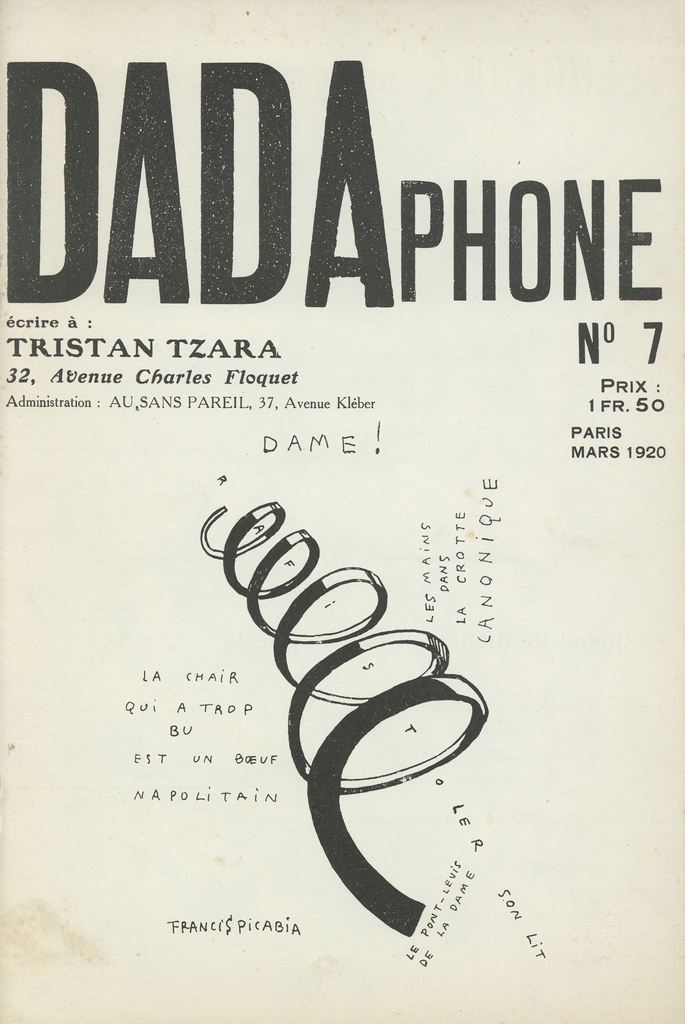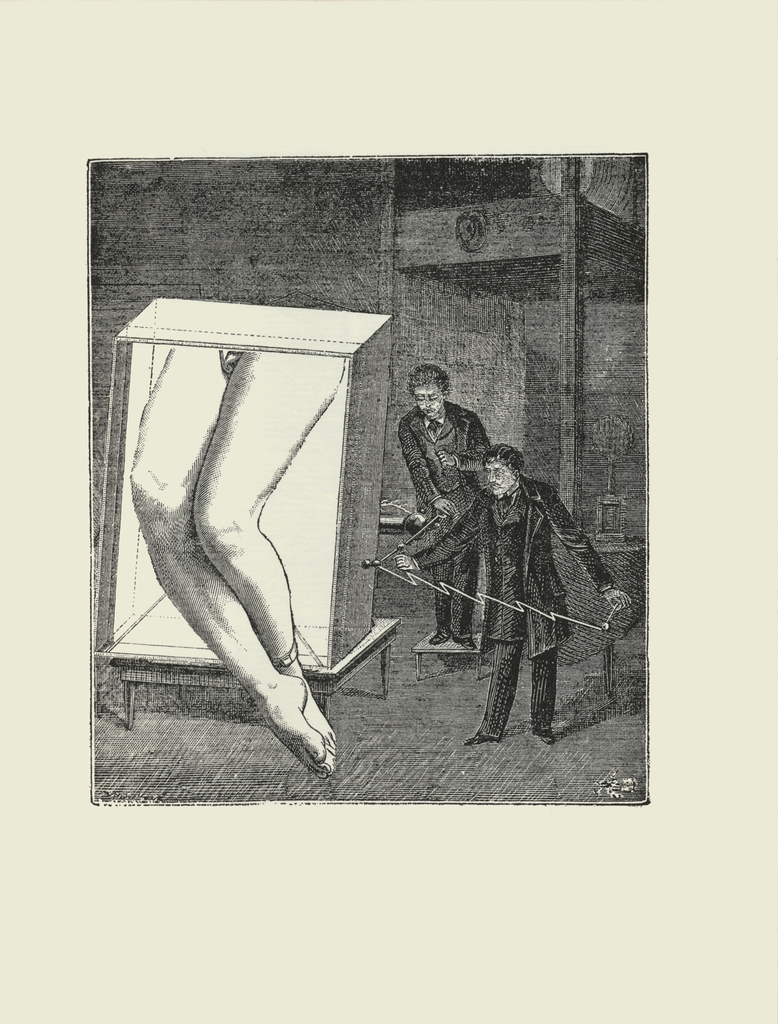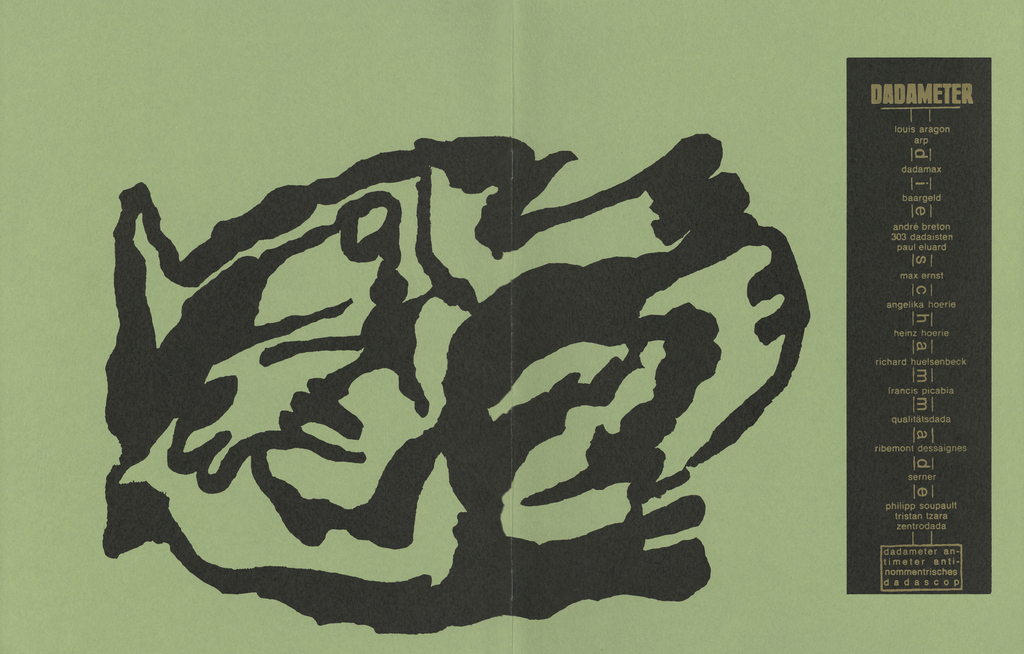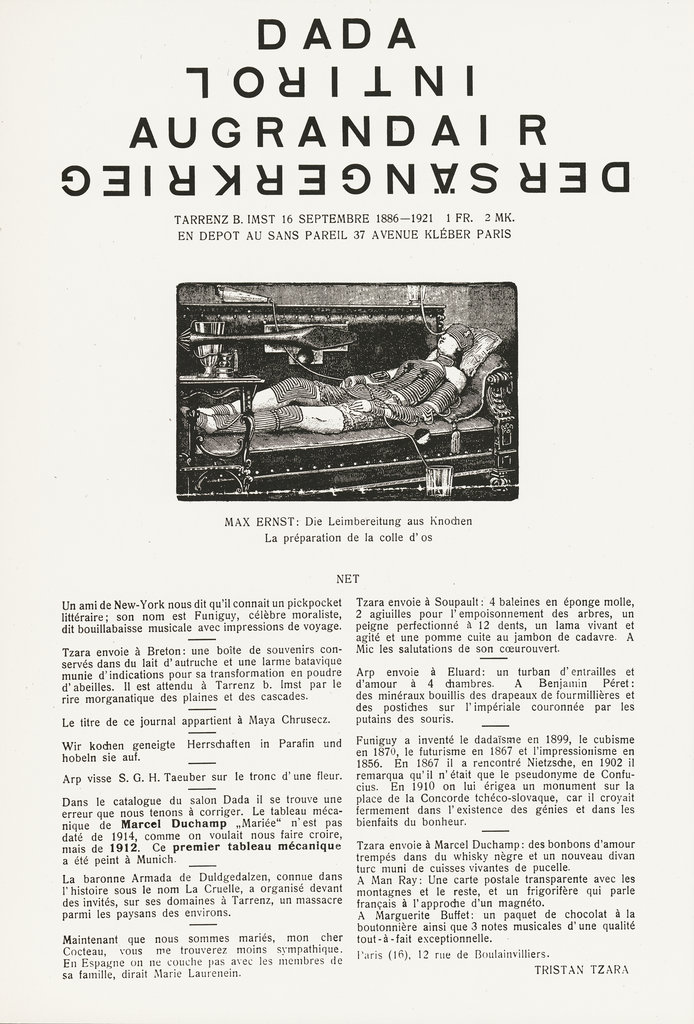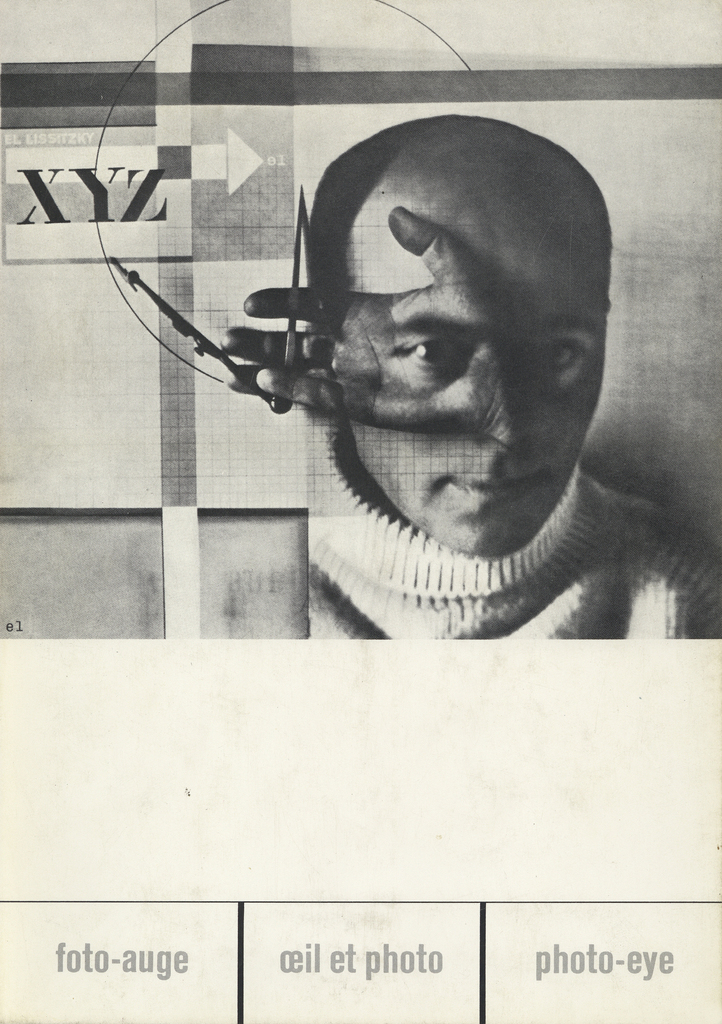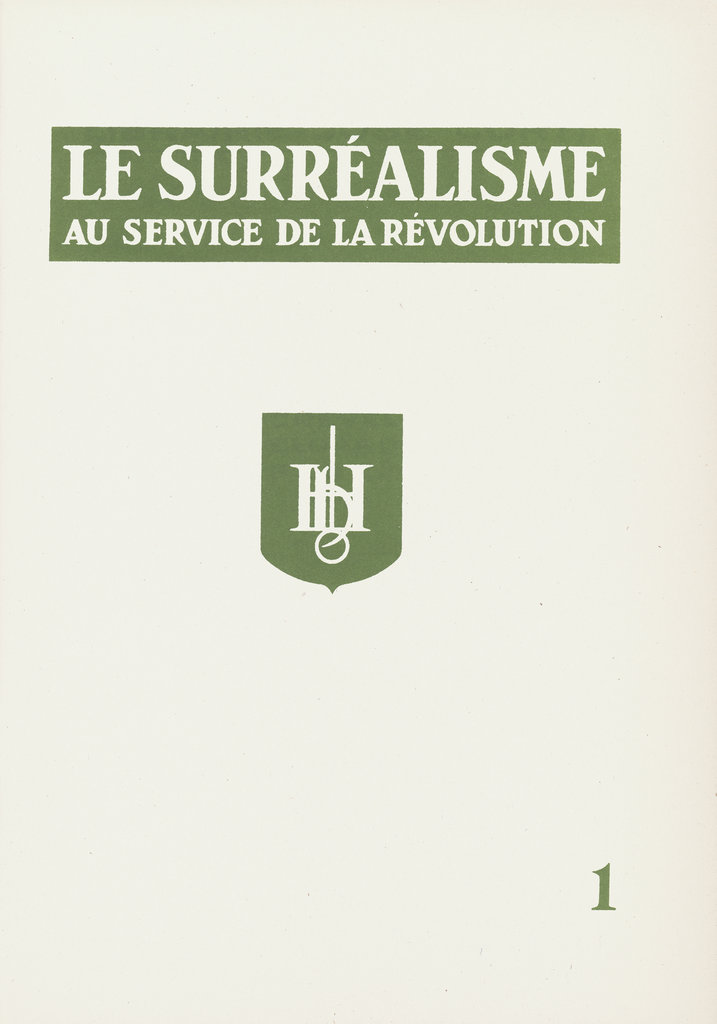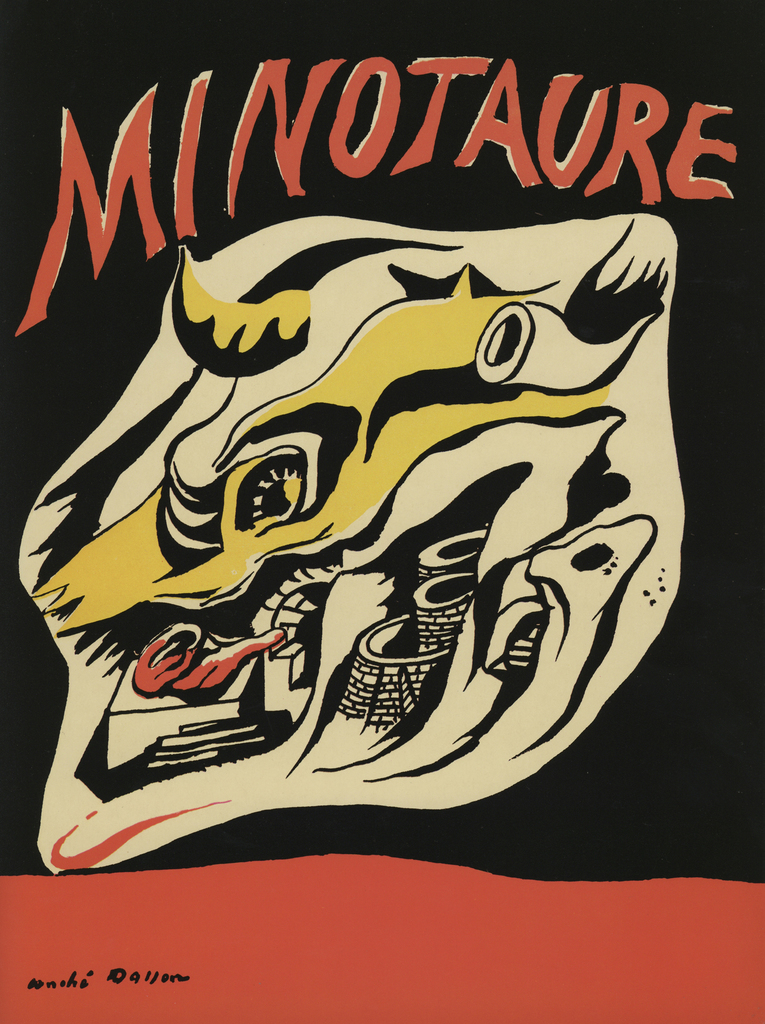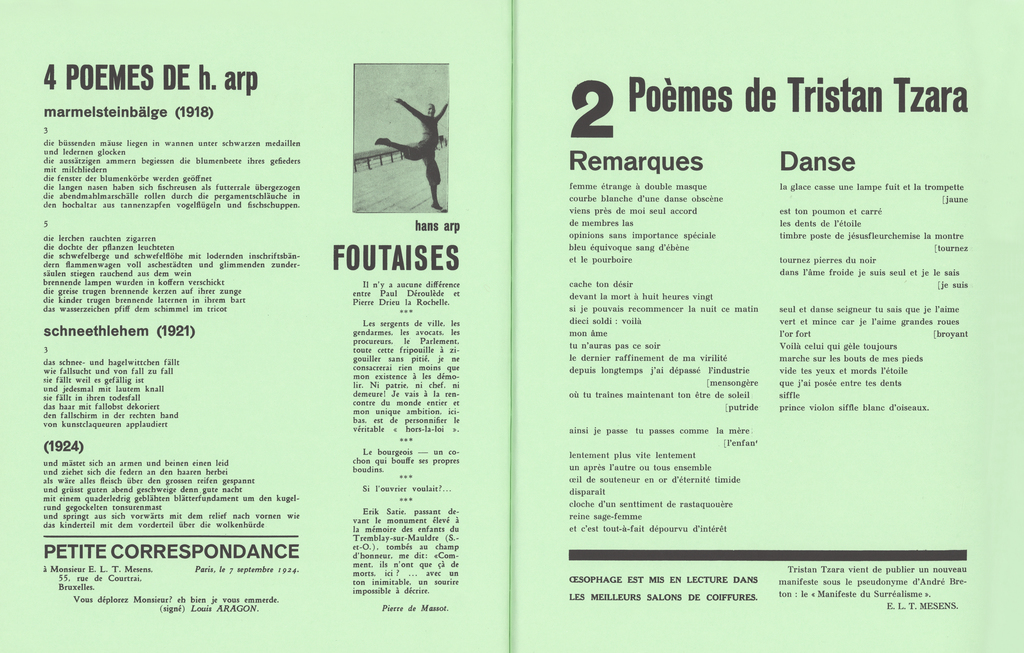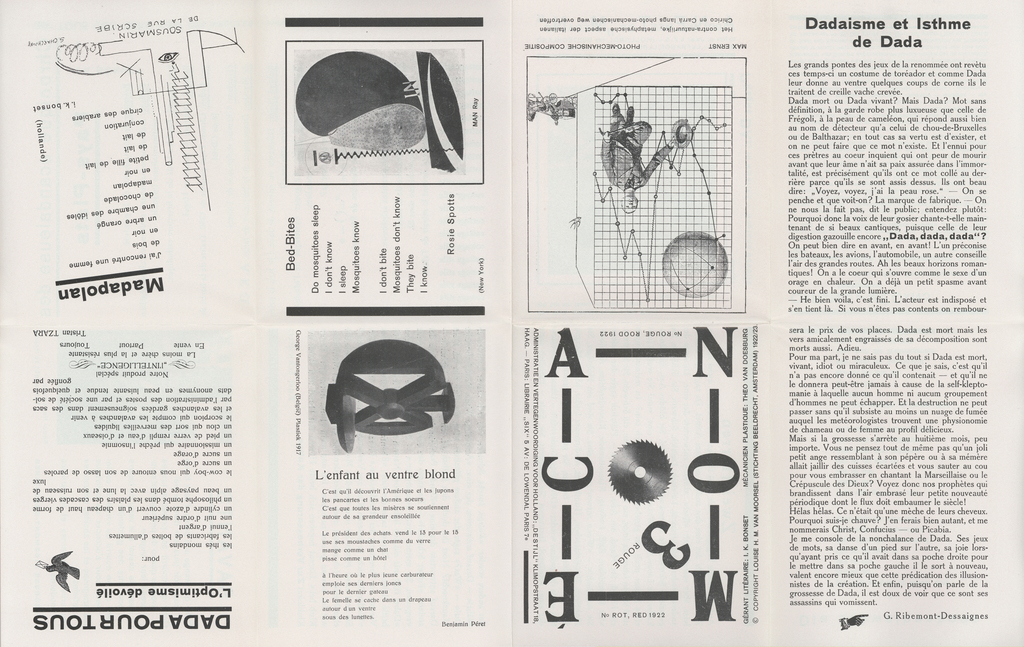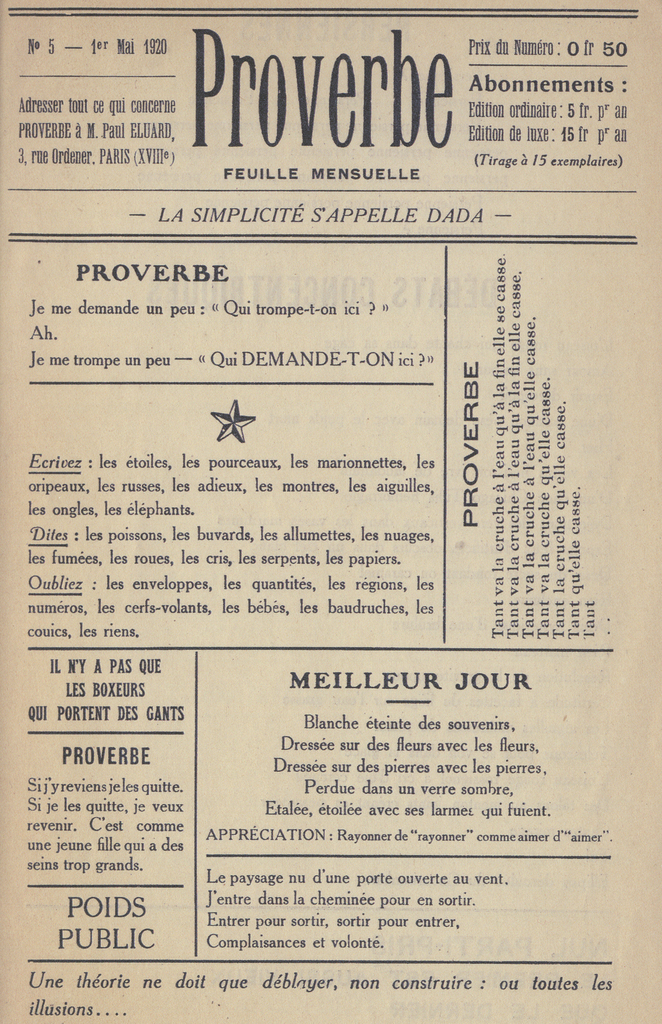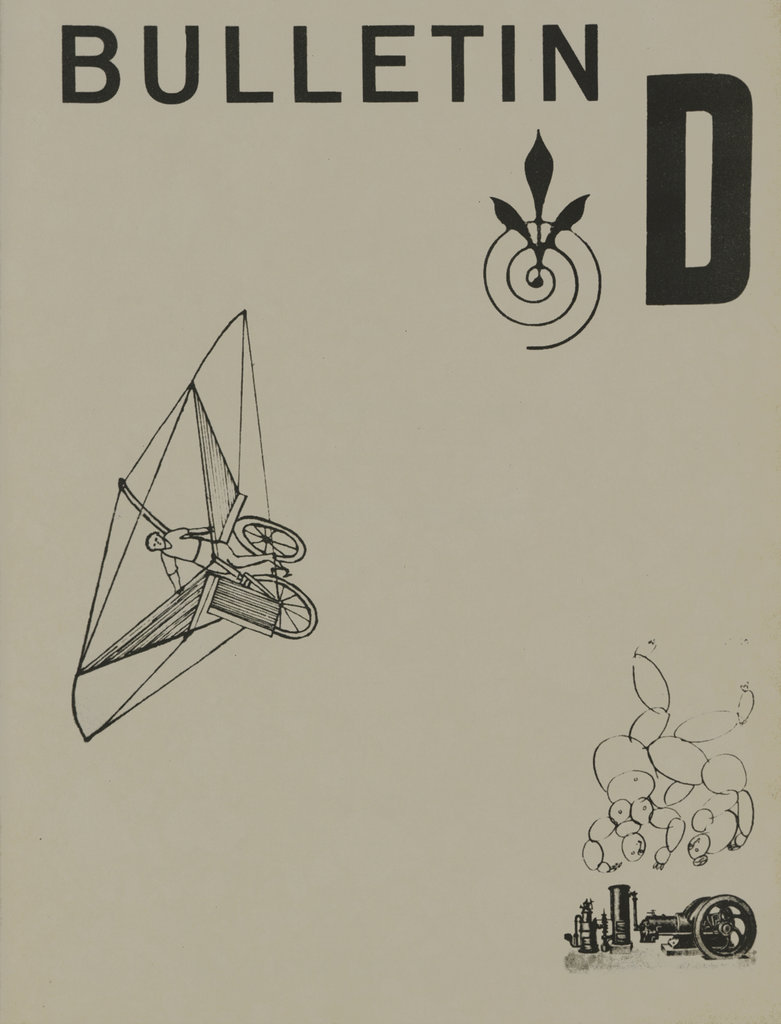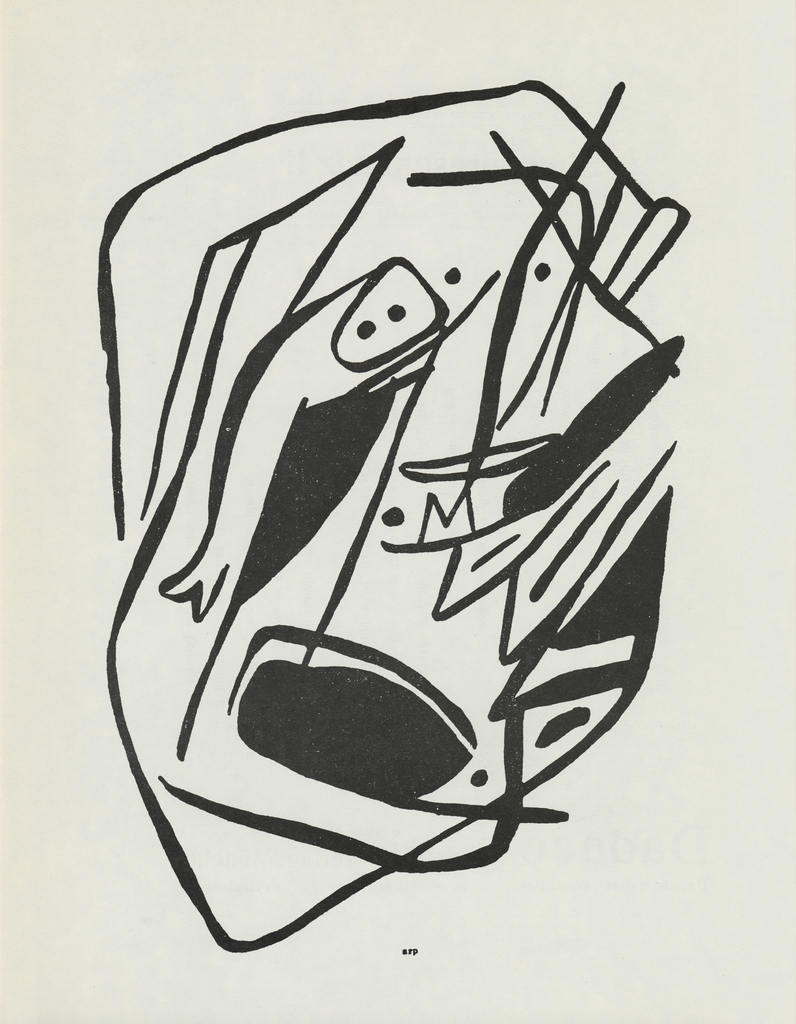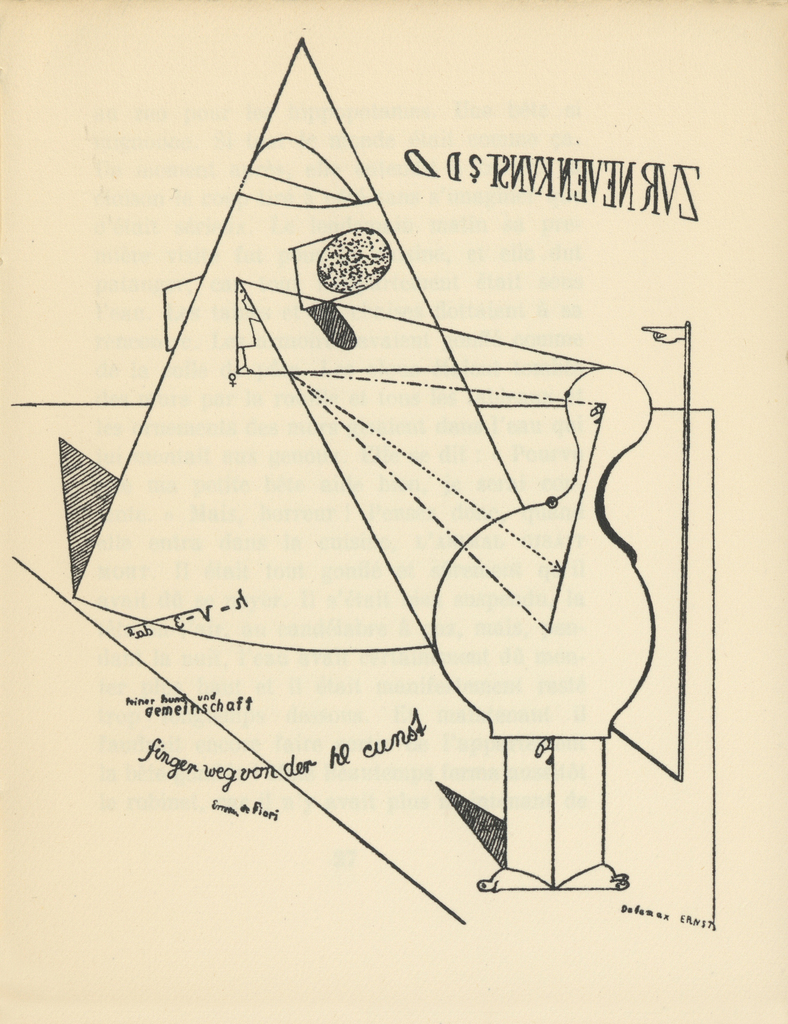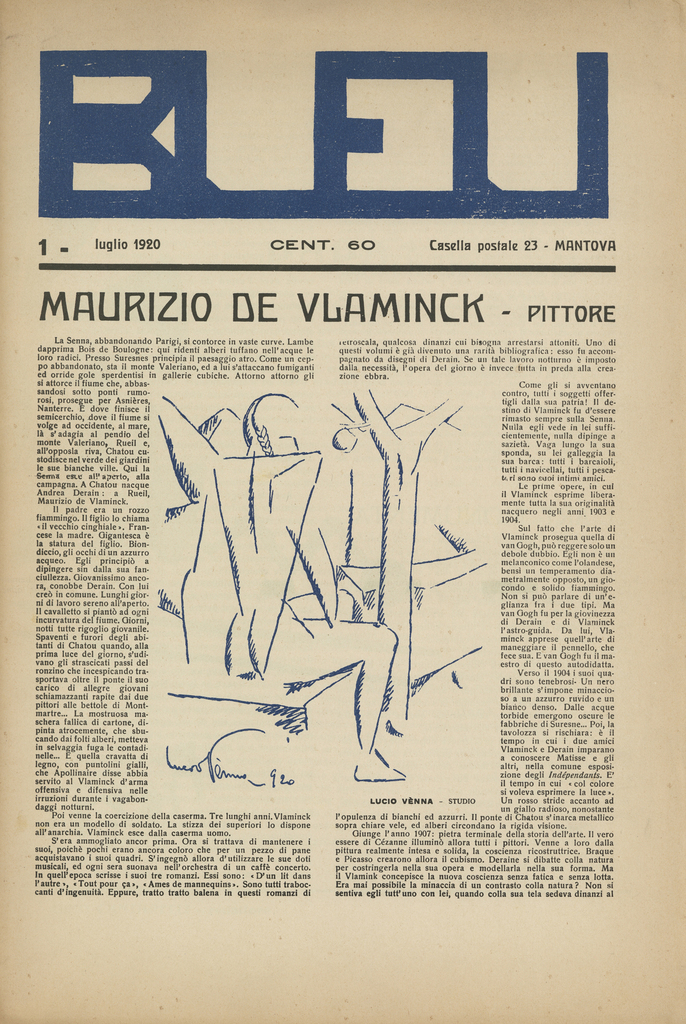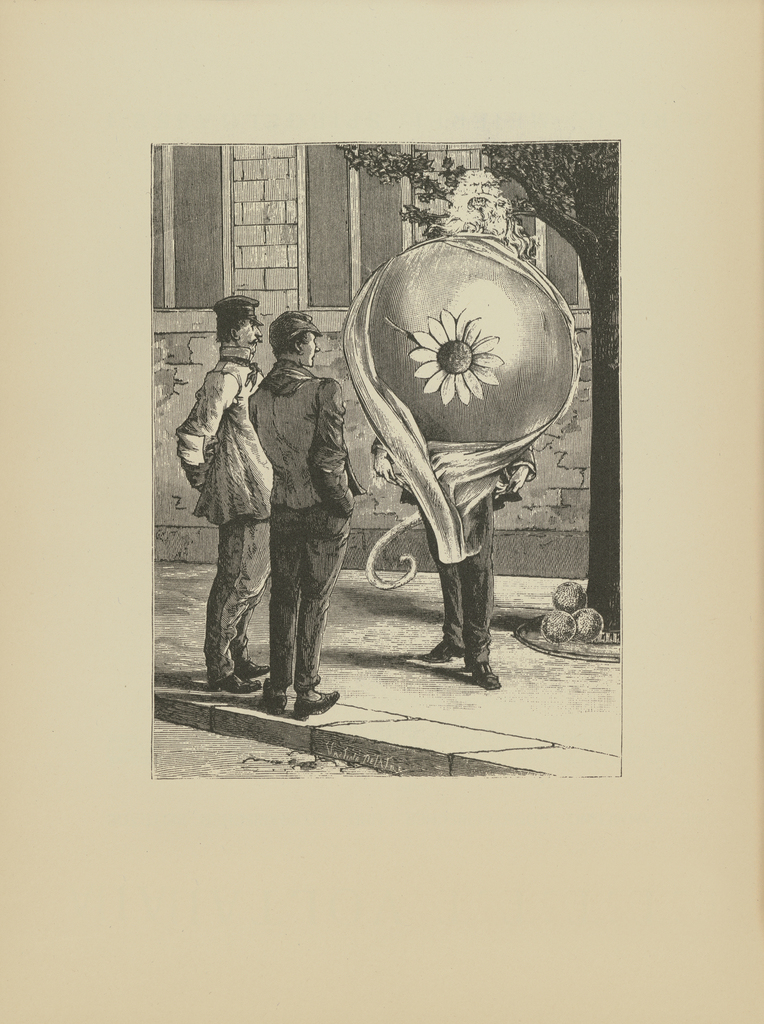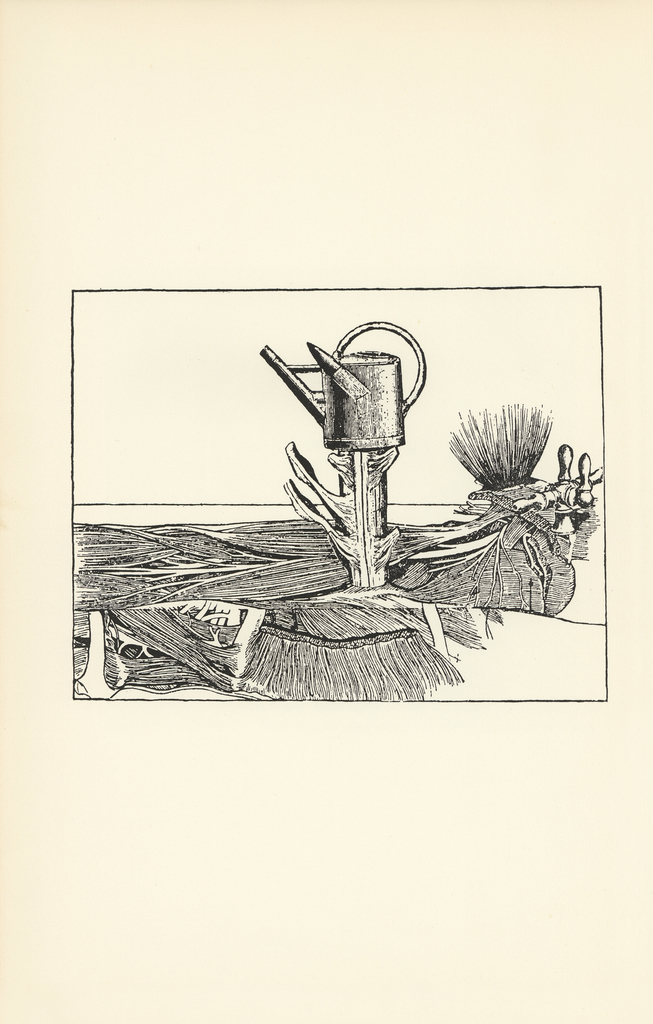Max Ernst
Germany (1891—1976)With the favour and support of his father, Max Ernst discovered art since his early age. His painting career started when he decided to join Die Rheinishen Expressionisten led by August Macke but was suddently interrupted by WWI. Only in 1919 Ernst restarted to paint in Munich and founded a Dada group in Cologne, later joined by Hans Arp. In 1921 he met Breton and Paul Éluard: he collaborated with both creating illustrations for books and poems of the two artists. After a trip to South East Asia, he returned to Paris and in 1924 he founded the Surrealism movement. During these years he also experimented different techniques: the frottage and later the grattage, developed with Miró. With the start of WWII, he managed to escape a French camp and finally reached the US. There he continued his work using different media and techniques, from drawings to illustrations, to collages to decalcomania. After the war he turned his style into Abstract Expressionism: in his later years he became less experimental but continued to work on different art forms.
